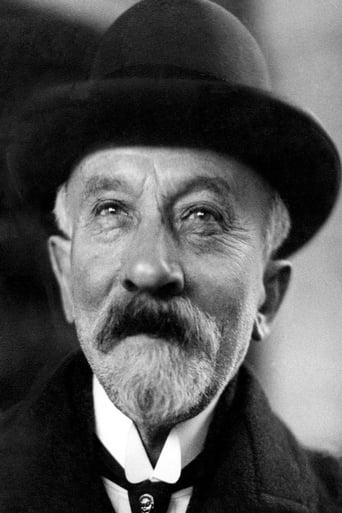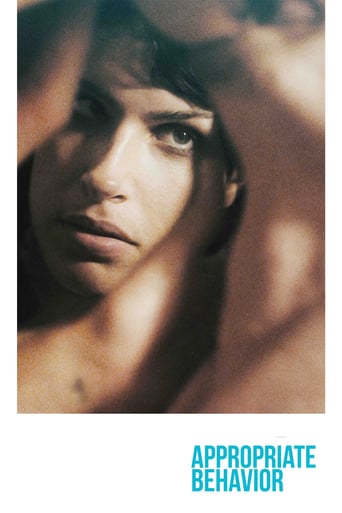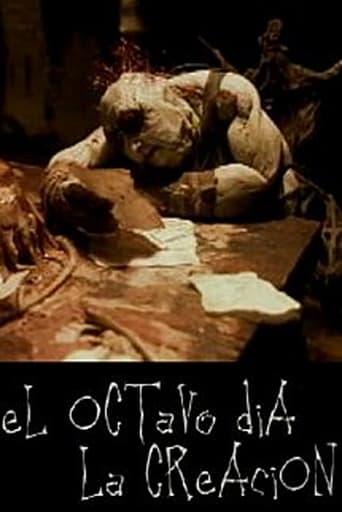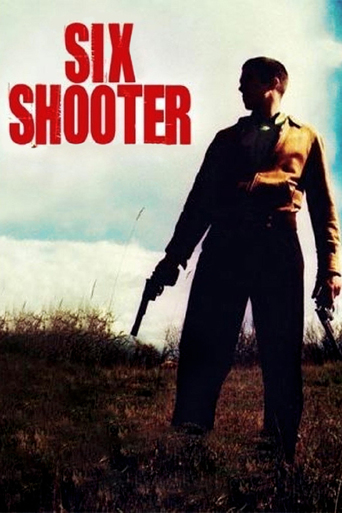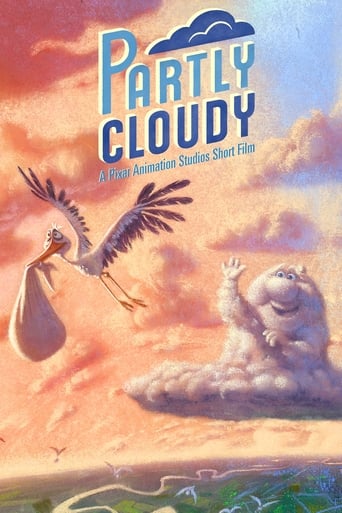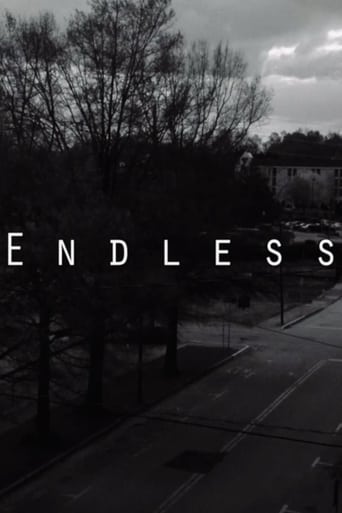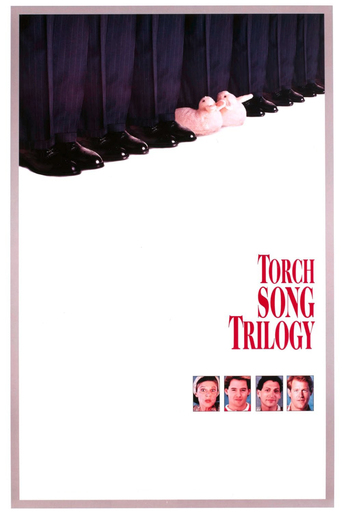

The Eclipse: Courtship of the Sun and Moon (1907)
In this film, Méliès concocts a combination fairy- and morality tale about the foolishness of trying to look too deeply into the workings of an unstable and inscrutable universe. At a medieval school, an old astronomer begins to teach a class of young men, all armed with telescopes, about the art of scrutinising an imminent eclipse. When a mechanical clock strikes twelve, all the young men rush to the windows and fix their telescopes on the heavens.
Watch Trailer
Cast


Similar titles
Reviews
Simply Perfect
I like movies that are aware of what they are selling... without [any] greater aspirations than to make people laugh and that's it.
This is a small, humorous movie in some ways, but it has a huge heart. What a nice experience.
The movie's not perfect, but it sticks the landing of its message. It was engaging - thrilling at times - and I personally thought it was a great time.
Unlike most other reviewers of this film I found it quite dull, and wondered as I watched, whether it was around this time that Melies began losing touch with the development of the motion pictures. As filmmakers became more confident of their own abilities and that of their equipment more realistic stories set in real locations became more commonplace, but Melies was still staging his films against painted backdrops and producing the same kind of stories he was making in 1902.The most remarkable thing about this film is the eclipse itself in which it is obvious that the movement of the sun and moon is equated with the act of sex. It would look like a cheap laugh if it was made today, but to see it in a film more than 100 years old is quite extraordinary. Apart from this sequence, the film's scenes last too long and the comedy isn't really that funny even by the standards of the early 20th century.
The eclipse scene is certainly this film's most provocative point of interest. As usual in Méliès's films, the sun and moon appear with human faces, but what's curious is that the film quite clearly depicts the eclipse as an act of sex. The expressions of delight and orgasm from the feminine moon, in addition to the increased movement of the sun's rays from behind, leave viewers without doubt about that. This scene is followed by scenes of wandering stars and a meteor shower, with, again, as usual of Méliès, people as part of the celestial bodies. Originally, as John Frazer has pointed out ("Artificially Arranged Scenes"), this was the entirety of the film. It appeared as part of multi-media programs at the Folies Bergère. For this market, the sexualized eclipse was surely appropriate and appreciated. Méliès had already been doing well with commissions from music halls for his films, such as "The Adventurous Automobile Trip" and "The Merry Frolics of Satan".Apparently, it was for adding the film to his general film catalogue that Méliès added the wrapper of the astronomy class. For what it is, it isn't bad, with Méliès playing the professor, who is made fun of by his students and by his own overexcitement. Overall, "The Eclipse" displays fantastical and theatrical elements typical in Méliès's oeuvre. Unlike some of his earlier films, however, dissolves don't dominate as transitions and the continuity, aided by title cards, is more modern and somewhat cinematic rather than the overly theatrical tableau vivant style. The transition from the eclipse scene to the wandering stars is especially good, as it's moving scenery of clouds that seems like, but is not, a dolly, or downward crane into the clouds. Méliès had previously moved scenery and props to the effect of seeming like the camera moved, which it very rarely, if ever, did in Méliès's films, but this instance is a rare example of its use as a transition between scenes. Moreover, by this time, the theatrics in Méliès's films had become more elaborate. The moving scenery and performers stringed to stars and planets, as well as the three-layered cinematic multiple exposure effect for the meteor shower bare evidence of this.
One of a number of oddities in the filmography of Georges Méliès, this feature combines an offbeat story with an array of visual effects to create an interesting, if strange, one-reel film. Most of the visual effects are close to Méliès's usual standard, and on the few occasions when they are not, it is usually the idea that is uninteresting, as opposed to the execution being faulty. Only on a couple of occasions do some of the seams show; the rest of the time Méliès's craftsmanship makes the best use of his resources.The narrative intertwines two subplots, both of which are unusual in different ways. The main story shows a distinguished professor who is trying to teach astronomy to a group of eager but restless students. This is sandwiched around some sequences that depict the activities of various celestial bodies, which are given quasi-human personalities.The scenes of the professor and his students consist mostly of slapstick, which is of uneven quality but has some good moments. The middle sequence has a weird courtship scene between a female moon and a male sun (both of whom are remarkably unattractive, for whatever reason), followed by a weird and suggestive succession of images of the activities of some other anthropomorphic astronomical objects.The individual visual effects are not always particularly impressive, but the sequence as a whole lends itself to all kinds of possible responses and speculations. There are probably a lot of different ways that you could take it, depending on whether you were a Freudian, a Jungian, or a devotee of some other school of psychology.All of this makes the movie not really one of Méliès's best or most impressive efforts, but it's certainly unusual. He had quite an imagination, and when he gave free rein to it, the results were always interesting, if nothing else.
Considering the brief running time of this bizarre and delightful little film, it's impressive how much detail, incident, and humor director Georges Méliès managed to pack into it. I've seen it three or four times now and catch something new every time.The opening scene is strongly reminiscent of Méliès' most famous work, "A Trip to the Moon," made five years earlier. Once again we find ourselves in an ancient classroom of some sort, with benches arranged before a lectern, and once again the audience members march into the room like military cadets. But this time, instead of Victorian astronauts-in-training, we see a group of young astronomy students carrying telescopes across their shoulders like rifles, wearing costumes that suggest this story might be set in the 17th century. The white-bearded professor enters (once again played by Méliès himself) wearing the familiar star-bedecked robe and carrying himself with much pompous authority. This time, however, low comedy devices are employed to deflate the lecturer's pomposity: during his lecture the scribe falls asleep, a prankish student pins a paper doll to the back of his robe, etc. etc. Yet when it's time for the eclipse the students are genuinely excited, and eagerly rush to the window for a better look while the professor races upstairs to watch from his observatory.As an earlier poster remarked, the eclipse sequence that follows really must be seen to be believed. We look on in amazement as The Sun --here depicted as an ugly, nasty-looking demon with pointed ears-- sidles up behind the coy, smooth-faced Moon and proceeds to inspire an unmistakable orgasm, as The Moon's facial expressions convey the full range of erotic pleasure. To call this "suggestive" doesn't do it justice: this is a sex scene without the sex, no two ways about it. One thing I still can't determine after several viewings is whether the actor playing The Moon is a mannish-looking woman or an effeminate man. Usually in art and literature the moon is portrayed as feminine (our "man in the moon" notwithstanding), but whichever the case, Miss Luna certainly looks ready for a cigarette and a nap afterward.Méliès follows his coup-de-cinema with a charming sequence in which the planets Venus, Mars, Saturn, etc., are also portrayed as personified characters (ones that behave more decorously than the Sun and Moon, mind you), after which we're treated to a meteor shower. This brings us back to the elderly professor, who has become so excited by the astronomical display that he tumbles out the observatory window into a rain barrel. The film concludes with a slapstick coda as the old man's students and assistants awkwardly attempt to dry him with blankets.The conventional wisdom concerning Georges Méliès is that his best days were already past by 1905 or thereabouts and that his subsequent films were dull and repetitive, but this one at any rate is far from dull. In fact I'd rank "The Eclipse" with the man's most delightful films, and recommend it to anyone interested in early cinema. Happily, the print recently restored for the Kino series 'The Movies Begin' is clear and sharp, and in far better shape over all than most of the director's other surviving works.


